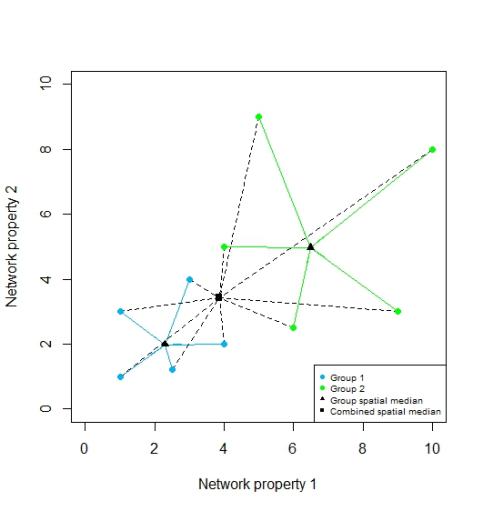Ecosystem diversity
To determine the diversity of ecosystems, food webs were used. The topological network structure of aquatic and terrestrial ecosystems (49 of each) were analyzed to evaluate potential differences in the number of structures of each group.
To determine the effect of species richness on food web structure variation, 128 Swedish and 48 North American lake food webs were also analyzed.
To estimate the network structure of the food webs, 25 different topological network properties (e.g. proportion of top predators, mean trophic level of the speceis, link density) was calculated. These properties were then used as axes in a multidimensional coordinate system, in which each food web could be fitted. The euclidean distance between food webs could then be used as a measurment of their similiarity. The average distance between the food webs and their group centroid can then be seen as the group diversity.

Responsible for this page:
Director of undergraduate studies Biology
Last updated:
06/01/16
